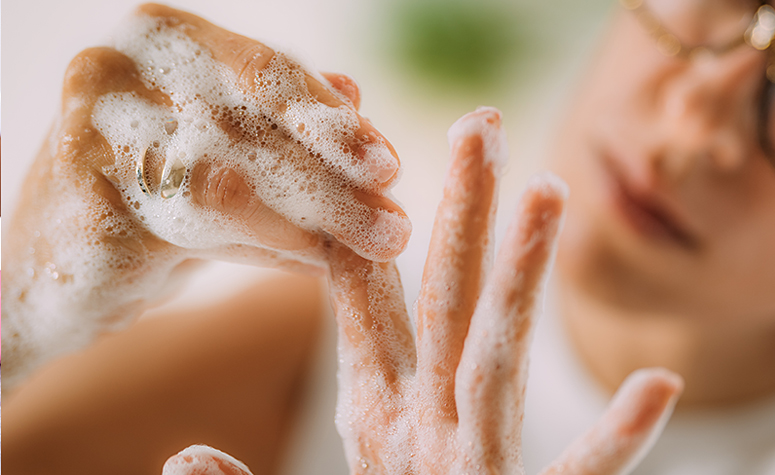Compulsive Behaviour and Addiction Explained
Countless individuals struggle with compulsive behaviours, stemming from various life experiences, including trauma or abuse. These experiences aren’t limited to childhood. Tools like the Evidence-Based Obsessive Compulsive Scale the Brief Obsessive-Compulsive Scale help measure the severity of such compulsions. Treatments often involve antidepressants or selective serotonin reuptake inhibitors.
What is Compulsive Behaviour?
Compulsive behaviour involves repetitive actions or thought patterns that are challenging to stop or control. These range from habitual shopping to excessive exercise. There are also compulsions focused on body actions, like hair-pulling or skin-picking. Less obvious compulsive activities include constant checking of household items. The key point is that any behaviour has the potential to become compulsive.
People with these behaviours often act out to relieve some underlying stress or anxiety. However, this relief is only short-term. The compulsions don’t bring lasting happiness and, in severe cases, can disrupt work and home life.

Compulsive behaviour and addiction
While many compulsive behaviours are harmless, in severe instances, they can lead to substance abuse. Drugs and alcohol offer a temporary escape from the distressing thoughts and compulsions of obsessive-compulsive disorder (OCD). The temporary relief can lead to a cycle of addiction, as the person desperately seeks to escape their compulsive thoughts and actions.
Additionally, the isolation that comes with OCD can contribute to substance abuse. Sufferers often perceive their compulsions as irrational, leading to embarrassment and detachment. This may result in substance misuse as a coping mechanism.
Types of compulsive behaviour
Compulsive behaviours are generally divided into four main categories:
- Checking
This involves repeatedly ensuring things are exactly correct or safe, driven by underlying fears or anxieties. - Contamination
This can be physical or mental. Physical contamination is about obsessive cleaning due to fear of being unclean, whereas mental contamination often arises from feeling tainted, usually due to mistreatment. - Hoarding
This involves a strong need to arrange objects in a precise way or to have things perfectly aligned. - Symmetry and Orderliness
This involves a compulsive need to arrange items in a perfectly orderly or symmetrical manner.

Signs and symptoms of compulsive behaviour
Compulsive behaviours are driven by anxiety. The person feels compelled to perform certain actions to reduce their stress, even if these actions seem irrational or excessive. The actions vary widely, from continuous checks to ensure a door is locked, to repetitive shopping or hand washing. Some behaviours, like habitual checking, are harmless, but others, like overeating or excessive exercising, can be harmful.
Recognising these behaviours early is key to getting help and preventing more serious issues. If you or someone you know is showing signs of compulsive behaviour, it’s important to seek professional advice.
FREE Addiction Assessment
If you or a loved one are struggling with addiction, we understand the challenges you’re facing and we’re here to offer compassionate help.
Our highly trained advisers are available to speak to you right away, simply call 0808 252 3379 today.
We can discuss your concerns in complete confidence, explore the options for treatment, and help you to understand what will work best for you.
We’ll also help you to book your free addiction assessment there and then, with appointments usually available within only a few days.
We understand that taking the first step can be the most difficult, but we’re here to support – with no pressure or judgement.
Professional and compassionate help is just a phone call or click away.




